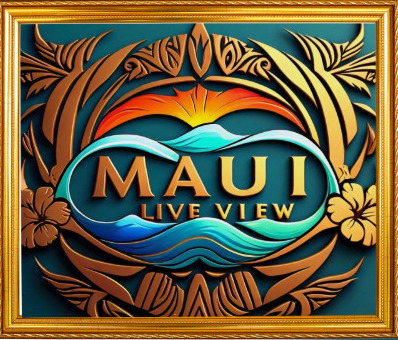Kalama Park Cove Cam
Kalama Park Cove Cam 2

Kalama Park Cove: A Hidden Gem of South Maui’s Coastline
Kalama Park Cove Cam. Nestled along the sun-kissed shores of South Maui, Kalama Park Cove stands as a testament to the island’s natural beauty and rich cultural heritage. This small, crescent-shaped beach, often overlooked by visitors in favor of its more famous neighbors, has a history as diverse and captivating as the island itself.
The area now known as Kalama Park Cove was once part of the ahupuaʻa (traditional land division) of Kihei. For centuries, Native Hawaiians lived and thrived in this region, utilizing the abundant marine resources and fertile soil for sustenance. The cove’s protected waters served as an ideal spot for fishing and launching canoes, while the surrounding land supported small-scale agriculture.
The name “Kalama” holds significance in Hawaiian culture. While its exact origin in relation to this specific location is unclear, it’s believed to be connected to King David Kalākaua, who reigned over the Hawaiian Kingdom from 1874 to 1891. Kalākaua was known as the “Merrie Monarch” for his efforts to revive Hawaiian cultural practices and arts.
As Western influence grew in Hawaii during the 19th century, the Kihei area, including Kalama Park Cove, underwent significant changes. The once-quiet shoreline began to see increased activity with the establishment of sugar plantations and ranches in the nearby upcountry regions. The cove served as a minor port for inter-island shipping, facilitating the transport of goods and people.
The early 20th century brought further transformations to the area. As tourism began to take root in Hawaii, developers recognized the potential of South Maui’s pristine beaches. However, Kalama Park Cove remained relatively untouched compared to its neighbors, preserving much of its natural charm.
In the 1960s and 1970s, as Kihei experienced rapid growth and development, community leaders recognized the need to preserve open spaces for public use. This led to the creation of Kalama Park, which encompasses the cove and surrounding areas. The park was designed to provide recreational opportunities for locals and visitors alike, while also protecting the coastline from overdevelopment.
The establishment of Kalama Park in the 1970s marked a turning point for the cove. The area was landscaped, and facilities such as restrooms, picnic areas, and sports fields were added. These improvements made the park and its cove more accessible to the public while maintaining its natural beauty.
Throughout the years, Kalama Park Cove has become a beloved spot for various activities. Its gentle waves and sandy bottom make it an excellent location for beginning surfers and stand-up paddleboarders. The cove’s protected waters also attract snorkelers, who come to explore the vibrant marine life that calls this area home.
The park surrounding the cove has evolved into a community hub, hosting numerous events throughout the year. From local craft fairs to cultural celebrations, Kalama Park Cove has become a gathering place that brings together residents and visitors, embodying the spirit of aloha.
In recent decades, conservation efforts have played a crucial role in preserving Kalama Park Cove’s ecosystem. Local organizations and volunteers regularly conduct beach cleanups and invasive species removal, ensuring that the area remains a healthy habitat for native flora and fauna.
The cove has also become an important site for environmental education. School groups and community organizations often use the area to teach about marine ecology, Hawaiian culture, and the importance of preserving coastal ecosystems.
As Maui continues to grapple with the challenges of balancing tourism, development, and environmental conservation, Kalama Park Cove serves as a model for sustainable coastal management. Its history reflects the broader narrative of Hawaii’s transformation, from ancient Hawaiian settlement to modern tourist destination, while still maintaining its natural and cultural integrity.
Today, Kalama Park Cove remains a hidden gem along Maui’s South Shore. While it may not have the fame of nearby Kamaole Beach or the grandeur of Wailea’s resort beaches, it offers something equally valuable: a glimpse into the island’s past and a promise for its future. As visitors and locals alike enjoy its tranquil waters and scenic beauty, they become part of the continuing story of this special place – a story that stretches back centuries and will undoubtedly continue for generations to come.
For more information, visit the official Maui website.
